Sustainability April 21, 2020
Go green while saving some green.
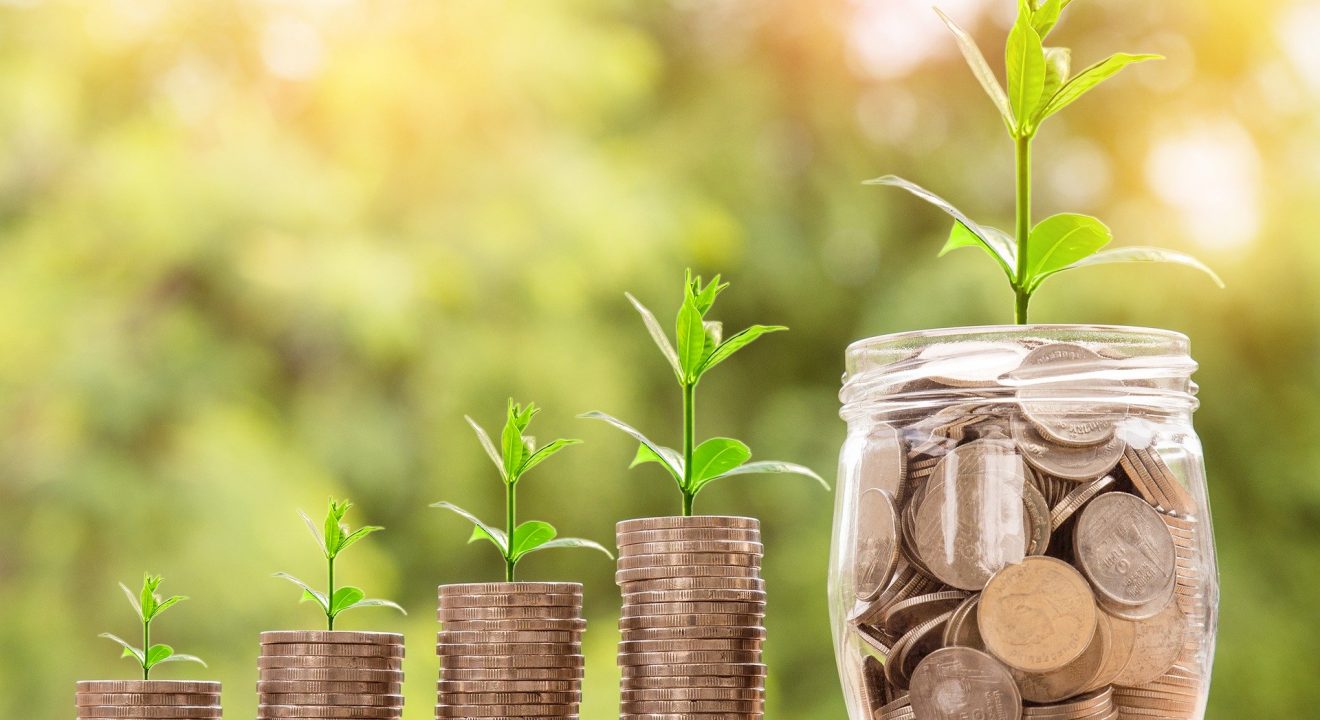

So, you’ve decided to be more eco-friendly now that you have discovered why going green is important. You want to contribute to a world with less plastic and chemicals, but you’re getting intimidated. You feel like you need to make all these changes in your life and figure out how this transition will affect your wallet.
Don’t fret! Your transition to a greener lifestyle does not have to be painful or expensive. In fact, you can start with small lifestyle changes that can save you money. That’s right! Saving money can be one of the many benefits of going green.
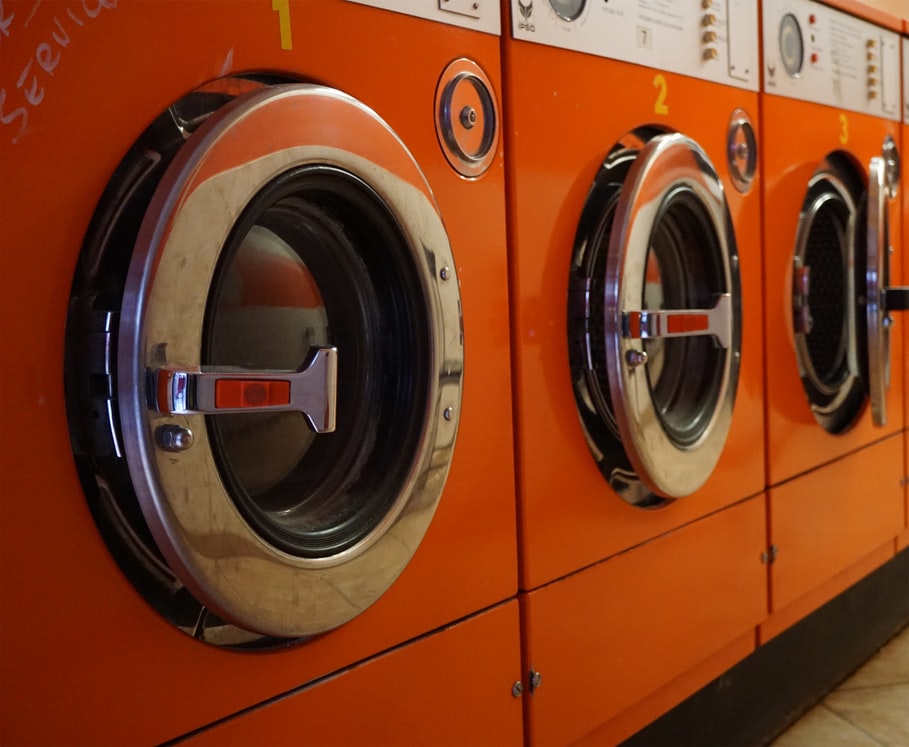
Out of everything on this list, this is the easiest transition to going green and won’t even disrupt your lifestyle. By turning your knob from hot to cold when you wash your clothes, you can save up to 34 cents per load according to Carole Mars the Director of the Sustainability Consortium in her Technical Brief.
If we do that math here, let’s say your family has the same laundry habits as the average American household and washes about 300 loads of laundry per year. You will save about $102 per year if you wash your clothes in cold water instead.
While you’re saving some bucks, you’ll also be saving the Earth 868 to 1,259 lbs of CO2 emissions if you have an electric hot water heater and 247 to 378 lbs of CO2 emissions if you have a gas heater according to a study published in the Society of Environmental Toxicology and Chemistry.
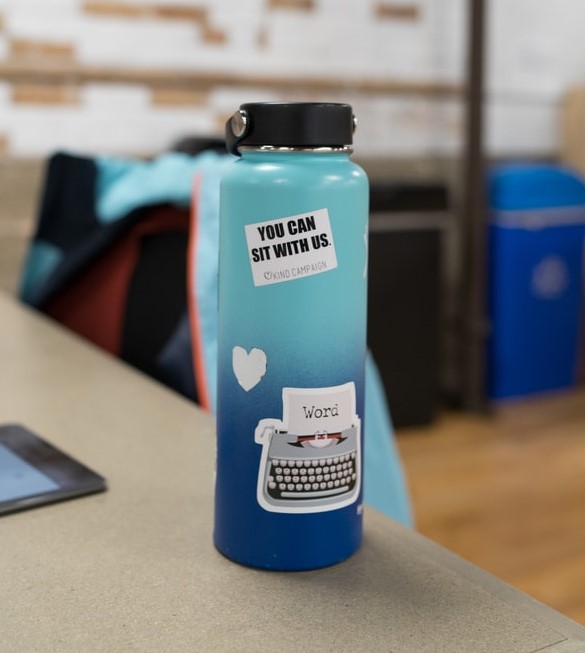

Having a reusable water bottle definitely saved me some money when I was a broke college student. Admittedly, the reason why I got a reusable water bottle was not that I was going green. It was that I would be too lazy to buy more plastic water bottles from the store during the school year. I realized how much money and effort I was saving when I finally got one. I wouldn’t have to ration my water and dehydrate myself anymore because, you know, that’s what I would do when I saw the pack was coming to an end. But, when I got my handy dandy reusable water bottle, I could simply refill it.
But how did this affect my wallet and the environment? According to the Earth Day Network, the average American buys 167 bottles per year. That costs about $266 each year! In addition, U.S. landfills are filled with 2 million tons of plastic water bottles alone.
So, by being green and investing in a stainless steel or glass water bottle, you’ll save a whole $266 a year. And, you won’t contribute to the 2 million tons of plastic in landfills anymore! That’s pretty good if you ask me.
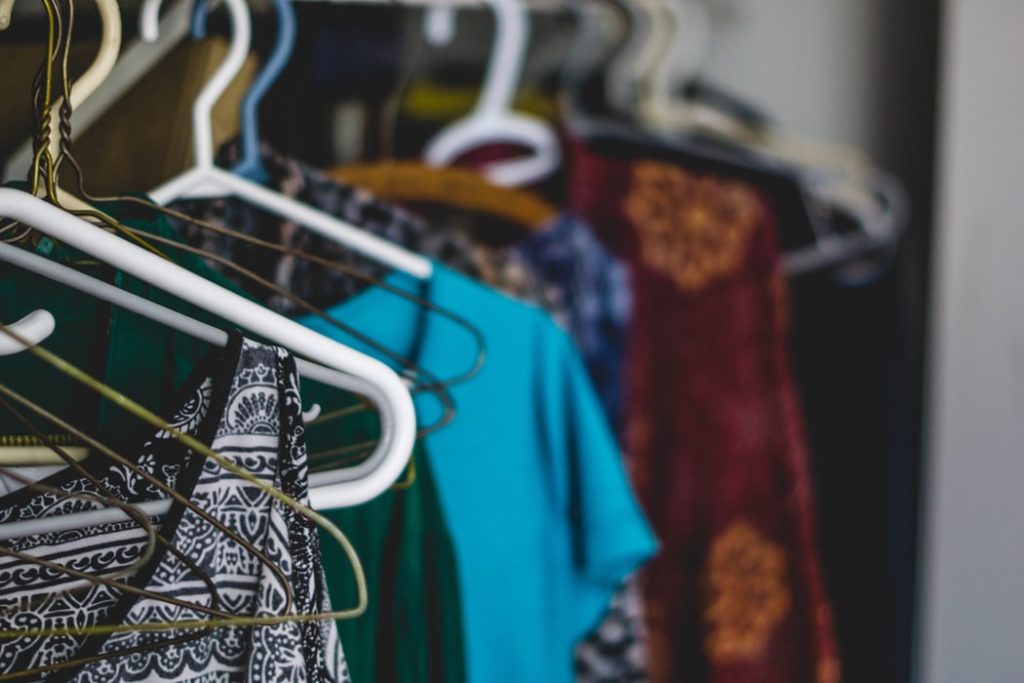

You’re probably wondering how recycling your clothes and electronics can save you money. Let me tell you a not-so-secret secret: some of your favorite retailers have some recycling programs where if you donate your old clothes or electronics, they’ll give you a coupon, store credit, or rebate for your donation. Here are just some retailers that have a recycling program:
H&M: If you drop off a bag of unwanted textiles, you’ll receive a 15% off coupon for your next purchase. The bag can include old sheets, worn-out clothes, and everything in between. The textiles will be shipped off to a recycling center, where it is sorted by hand, and may be reused by H&M.
The North Face: With The North Face’s Clothes the Loop program, you can drop off your unwanted clothing and shoes at any The North Face retail or outlet store and receive a $10 reward for a $100 or more purchase. Since Clothes the Loop started, about 95,000 pounds of unwanted clothing and footwear has been brought in to U.S. stores alone.
Apple: Depending on what country you live in, you could bring your Apple product to the store and you get store credit for your next purchase. If your device is too beat up or if you live in one of those countries that don’t offer the trade-in, they’ll recycle it for you for free. In 2018, Apple has refurbished almost 8 million Apple devices and helped keep 48,000 metric tons of electronic waste from going to landfills.
Madewell: Madewell has partnered up with the Blue Jeans Go Green program. They turn donated jeans to make housing insulation for programs like Habitat for Humanity. How cool is that? Your donated jeans could be really beat up and be any brand, not just Madewell. To reward your act of service, Madewell will give you a $20 off coupon for a brand-new pair of Madewell jeans. Since Madewell’s partnership with Blue Jeans Go Green, 615,900 jeans have been recycled.
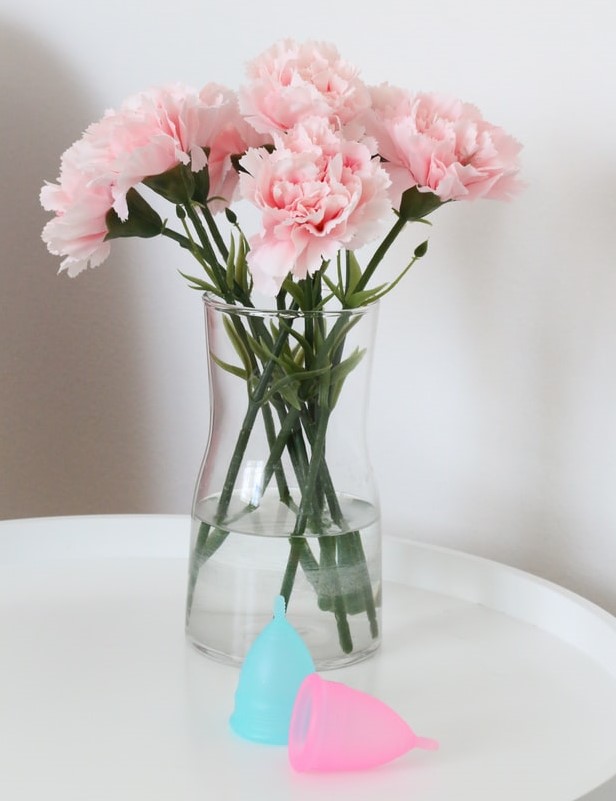

Disposable pads and tampons may be all that you know when it comes to menstrual hygiene. But, let me tell you, there’s a whole world of reusable menstrual products. From menstrual cups, cloth pads, menstrual discs, it’s amazing how many options we have to choose from. A lot of these options, by the way, are so much more sustainable than disposable pads and tampons.
Using reusable menstrual products may gross to some of you out. However, because regular non-organic pads have plastic in it, it could take 100-400 years before it decomposes completely. That means the pad from your very first period hasn’t even decomposed yet! Now, that’s gross.
Although tampons are made up of mostly cotton and don’t take nearly as long as a pad to decompose, we need to take into account all of the plastic applicators, which would take hundreds of years to degrade.
But, how much would you save from doing the switch to reusable products? I admit that this is one of the more expensive lifestyle changes upfront. But, in the long run, you will be saving money and time if you don’t need to worry about buying menstrual products. But it really depends on what alternative you want to use.
If you buy the biggest box of tampons or pads, it could cost you $30 per year for menstrual products if you use three pads or tampons per day for a 5-day cycle. Menstrual cups can last 2-10 years, according to a case study done by Stanford University, and costs $30-$40. So, you can save $20-$340 depending on how long your menstrual cup lasts.
There are also reusable pads from websites like Aisle (formally Lunapads), where they retail anywhere from $12 to $22, depending on size. These pads can be used for at least 5 years, which would save you a huge chunk of change per year.
There are obviously more things you can do to contribute to a cleaner world, but this is a great place to start! You got this! Now, go start saving the world and save some money!